The year 2050 looms on the horizon as a fascinating frontier for music, with experts predicting an explosion of genres that could surpass the 1,000-mark. This seismic shift isn’t just about quantity—it’s a reflection of how technology, globalization, and cultural fusion are rewriting the rules of musical creation. As boundaries between styles blur and new tools empower artists to experiment like never before, the very definition of a "genre" may soon become obsolete.
The driving force behind this diversification is the democratization of music production. Gone are the days when crafting a new sound required expensive studio time or elite industry connections. Today, a teenager with a laptop and a digital audio workstation can birth a micro-genre overnight. By 2050, AI-assisted composition tools will likely enable even more radical experimentation, splicing together influences from disparate eras and cultures with inhuman precision. We’re already seeing proto-versions of this with hyper-niche categories like "vaporwave" or "nightcore," but the coming decades will amplify this trend exponentially.
Cultural cross-pollination is accelerating at breakneck speed. As migration patterns intensify and the internet erases geographical barriers, musicians are drawing from an ever-widening pool of traditions. Imagine a genre blending Mongolian throat singing with Detroit techno, or Brazilian funk infused with K-pop’s sugary hooks—these aren’t hypotheticals, but inevitable developments. Streaming algorithms will play a dual role, both surfacing these bizarre hybrids to curious listeners and trapping others in stylistic silos, further fragmenting the musical landscape.
The rise of neuroadaptive music could spawn entire genre categories tailored not to cultural identity, but to brain chemistry. Startups are already experimenting with AI that adjusts melodies in real-time based on listeners’ biometric feedback. By mid-century, we might see genres defined by their neurological impact—say, "serotonin-wave" for mood elevation or "theta-step" for focus enhancement. This biologization of music would represent a fundamental break from centuries of tradition where genres were tied to instruments, rhythms, or social movements.
Generational divides in music consumption will reach unprecedented extremes. While older listeners cling to familiar taxonomies like "rock" or "jazz," younger audiences will embrace fluidity, treating genre labels as temporary tags rather than rigid classifications. Music platforms might abandon genre dropdown menus altogether in favor of multidimensional maps where songs are plotted by emotional resonance, cultural ingredients, and even recommended listening contexts (e.g., "for late-night coding" or "post-breakup catharsis").
The paradox, of course, is that as genres multiply, their commercial viability shrinks. An artist creating "aquatic drone-folk" may attract a devoted following of 10,000 worldwide—enough to sustain a career in the attention economy, but not enough to register on traditional charts. This could lead to a musical ecosystem where mainstream "hits" coexist with countless underground scenes, each with its own aesthetics, platforms, and business models. The very concept of "mainstream" may splinter into dozens of parallel mainstreams catering to different subcultures.
Some ethnomusicologists warn that genre hyperinflation could make musical communication harder. When everyone’s listening to radically different sounds, shared cultural references disappear. Yet others argue the opposite—that in an era of limitless choice, the thrill of discovering someone who shares your obscure musical passion creates deeper connections than passive consumption of mass-market hits ever could. The garage bands and bedroom producers of 2050 won’t be competing for radio play; they’ll be vying for algorithmic serendipity, hoping their peculiar alchemy of sounds catches the right AI curator’s attention.
What seems certain is that the coming genre explosion will mirror humanity’s growing complexity. Just as no single fashion trend dominates global style anymore, no musical movement will command universal appeal. The 20th century’s monoculture—where entire nations gathered around the same Top 40 hits—will seem as antiquated as village fiddlers playing the same tunes for generations. In its place: a kaleidoscopic soundscape where personalization reaches molecular levels, and your playlist might contain genres that literally didn’t exist when you woke up that morning.
The countdown to 1,000 genres isn’t just about music—it’s a harbinger of how technology is amplifying human creativity’s infinite variability. When historians look back at 2050’s musical map, they may struggle to chart its bewildering diversity. But for listeners living through this revolution, the experience will feel natural: just another day surfing the ever-expanding universe of sound, where every click unveils a new auditory world waiting to be explored.
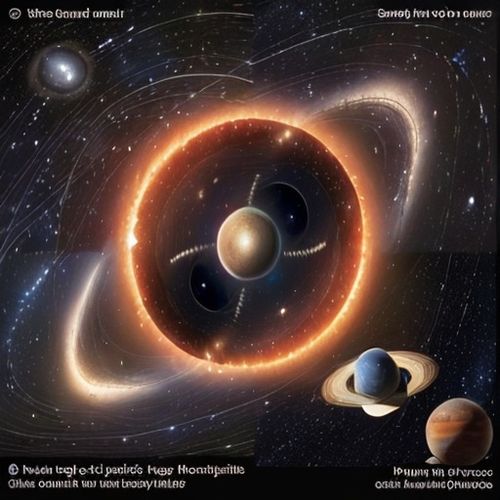
By Victoria Gonzalez/Apr 14, 2025
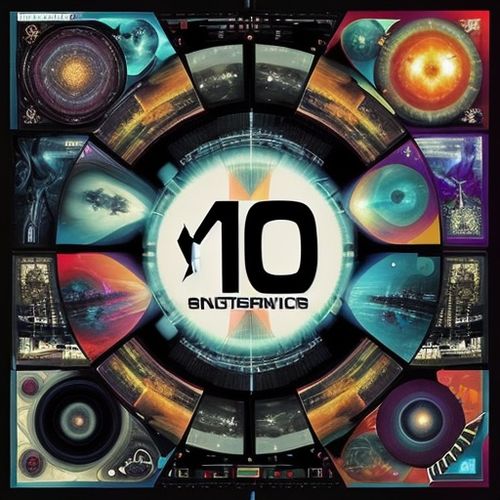
By Ryan Martin/Apr 14, 2025
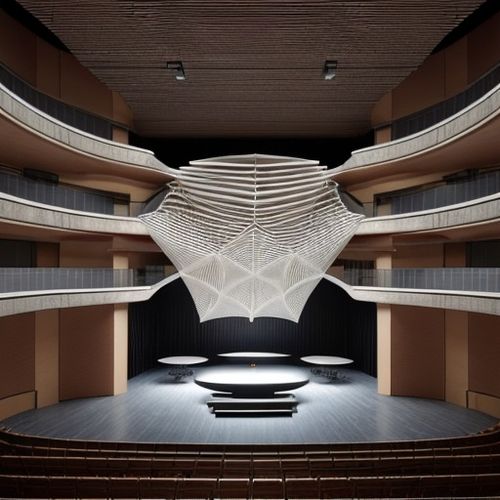
By John Smith/Apr 14, 2025
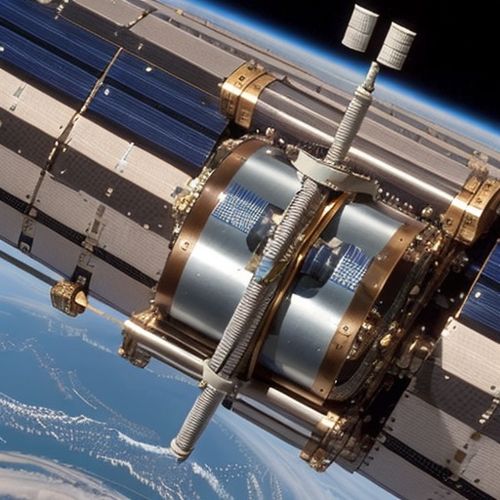
By Eric Ward/Apr 14, 2025
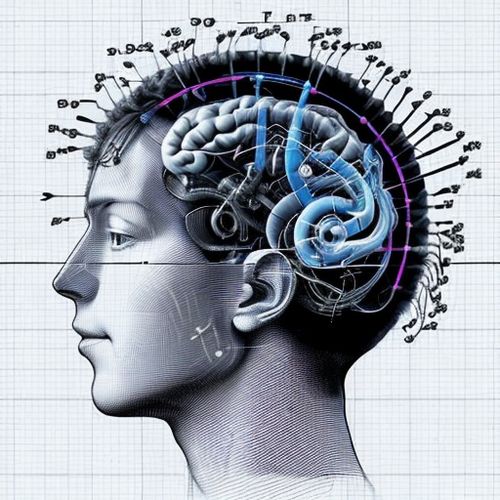
By Victoria Gonzalez/Apr 14, 2025
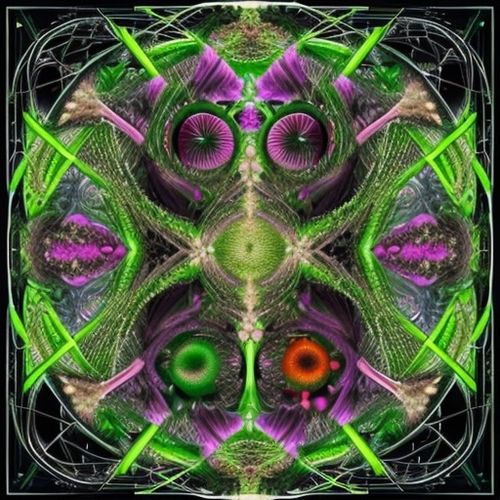
By Ryan Martin/Apr 14, 2025
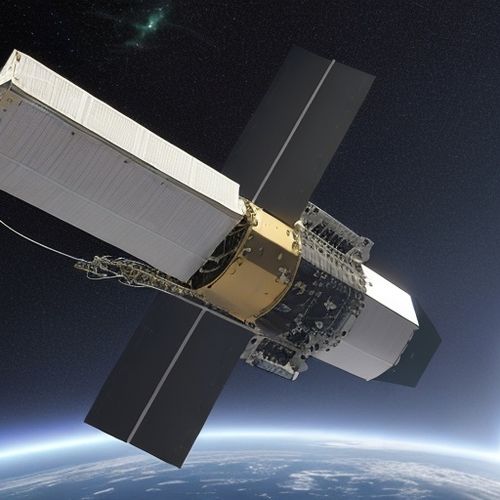
By James Moore/Apr 14, 2025
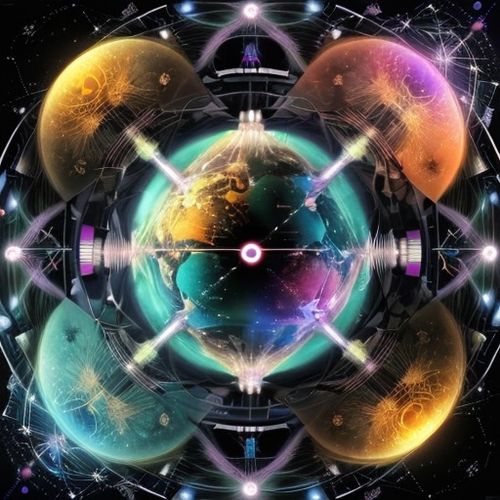
By Megan Clark/Apr 14, 2025

By John Smith/Apr 14, 2025
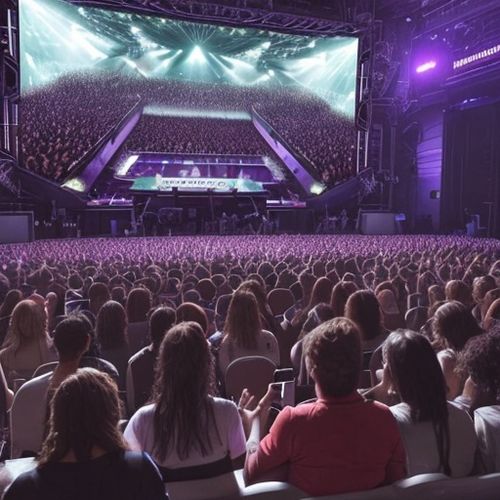
By Joshua Howard/Apr 14, 2025
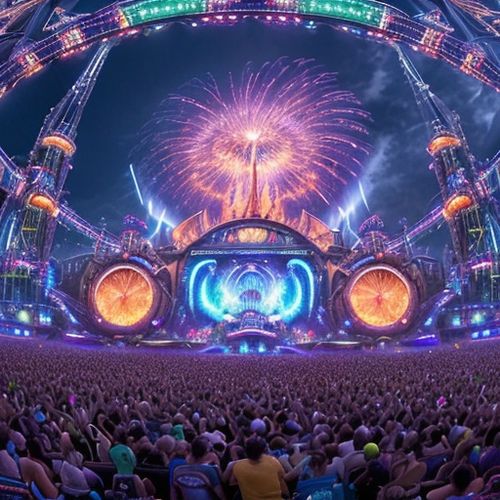
By Laura Wilson/Apr 13, 2025
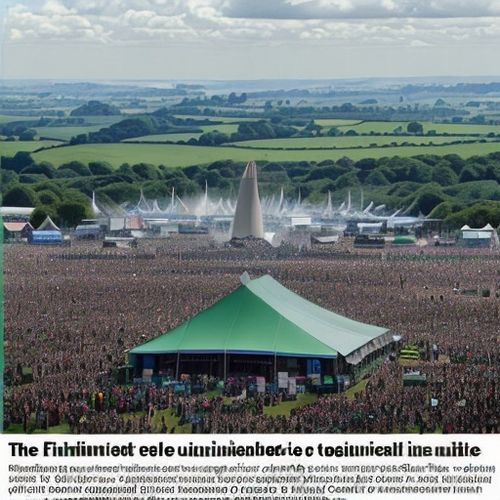
By Grace Cox/Apr 13, 2025

By Benjamin Evans/Apr 13, 2025

By George Bailey/Apr 13, 2025
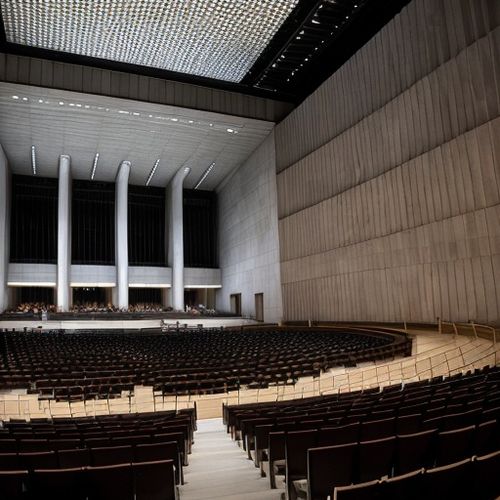
By David Anderson/Apr 13, 2025
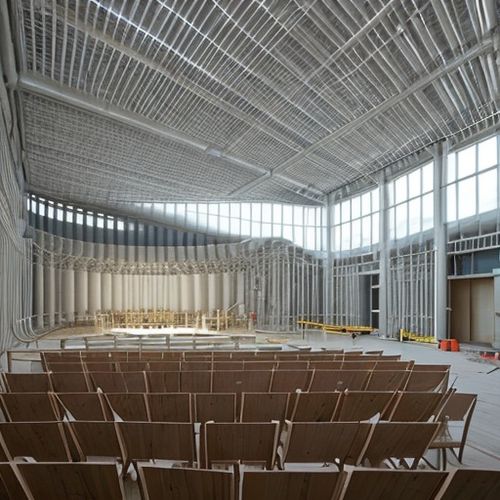
By Grace Cox/Apr 13, 2025
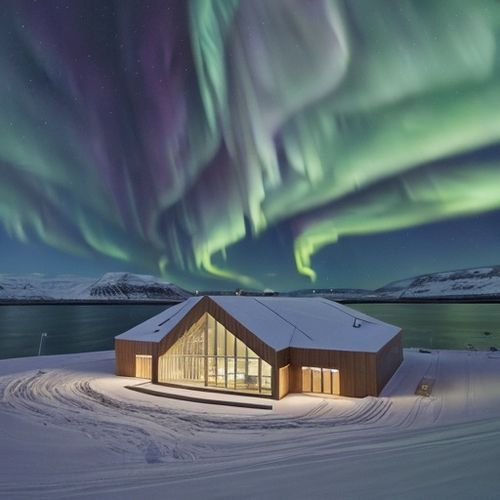
By William Miller/Apr 13, 2025

By Rebecca Stewart/Apr 13, 2025

By William Miller/Apr 13, 2025
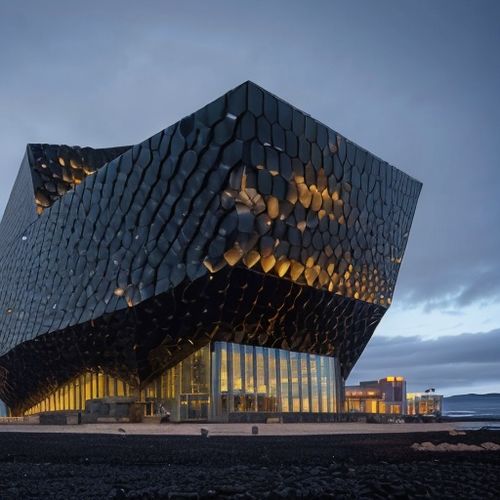
By Daniel Scott/Apr 13, 2025